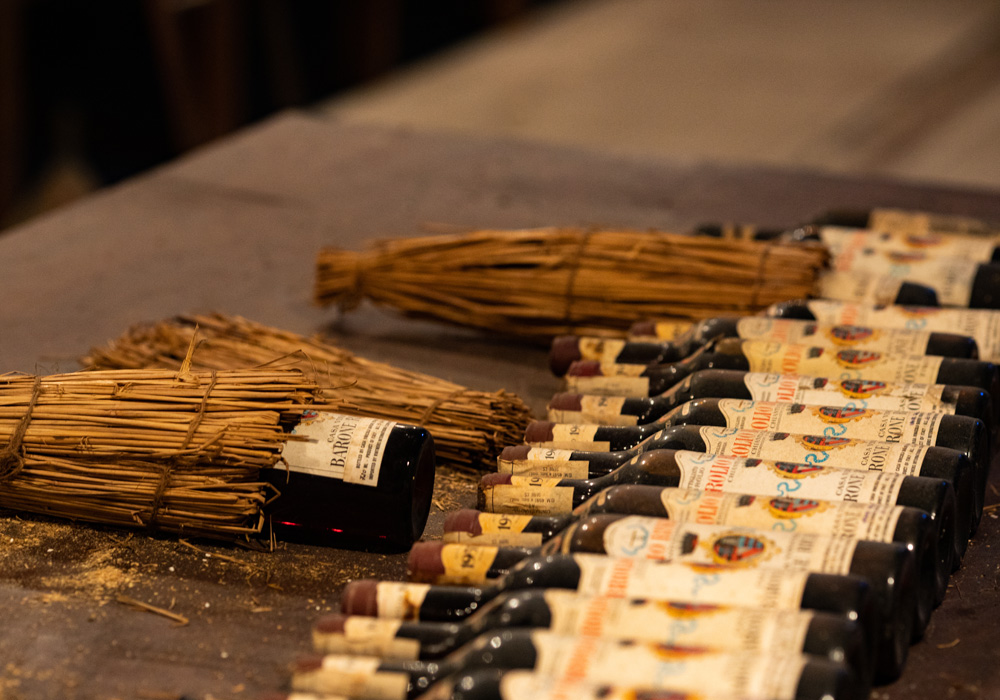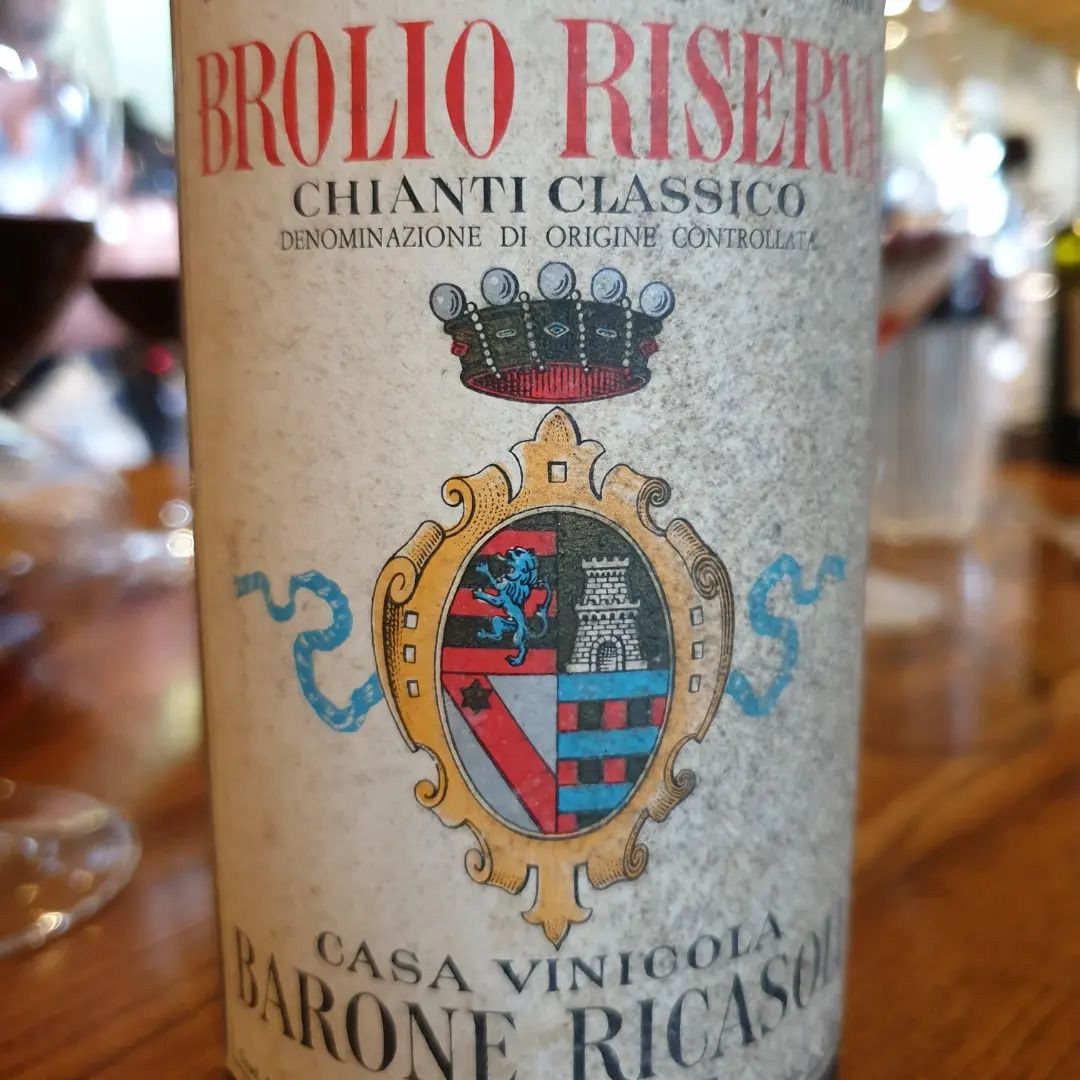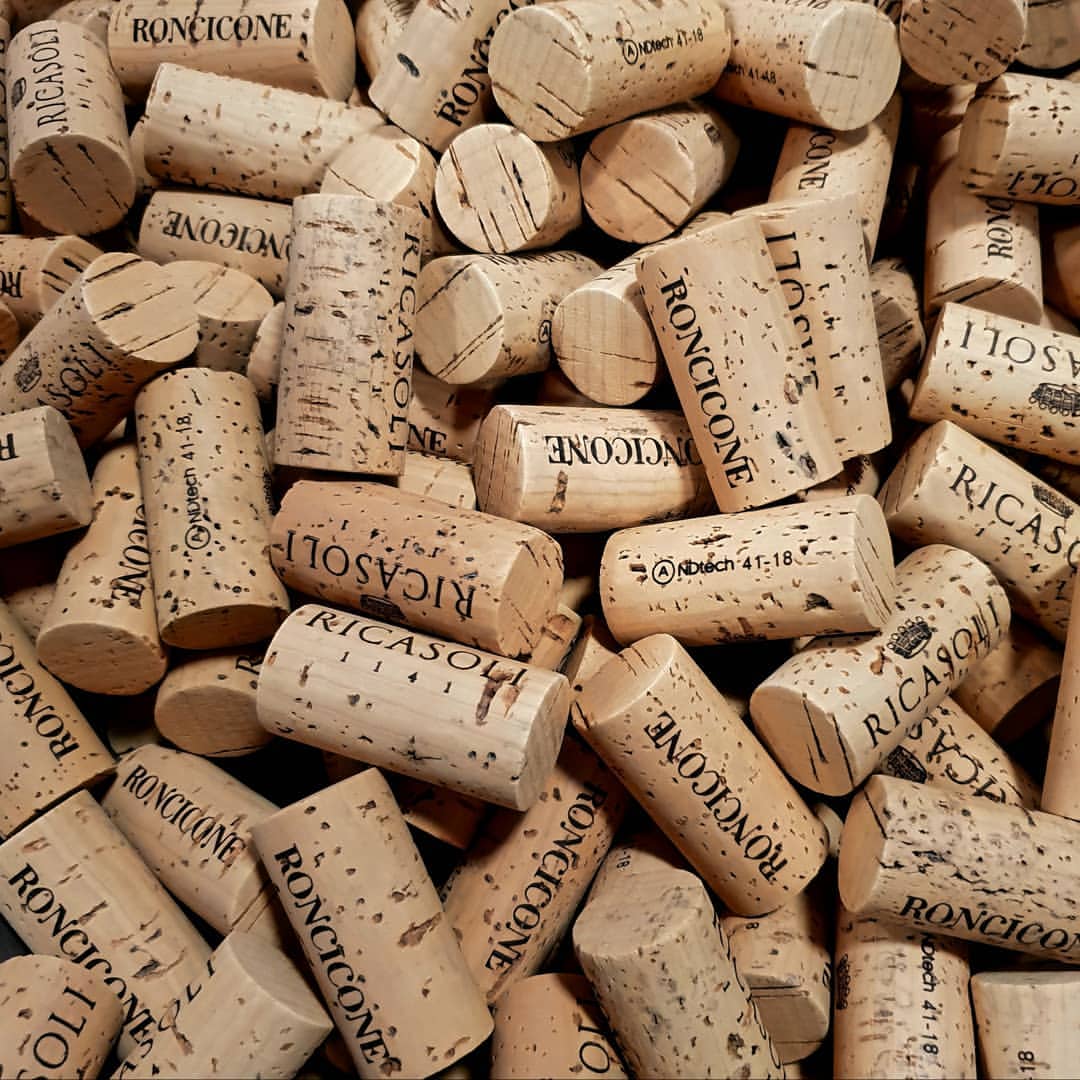
Tasting a 75-Year-Old Wine
23 February, 2024

During last year’s Vinitaly, thanks to an initiative by the Veronelli Seminar, our Chianti Classico Riserva vintage 1949 was among the featured wines in a special tasting session entitled “Yesterday, Today, Tomorrow,” an overview of the evolution of viticulture. Some unused bottles then became some of the most successful lots in a charity auction. This year, the 1949 vintage of the Riserva again stands out, this time alongside the 1960 vintage, among the wines being tasted in a special Masterclass organized in New York by the Chianti Classico Consortium on April 29th, as part of the celebrations for the Consortium’s 100th anniversary.
“These bottles,” said Francesco Ricasoli, “come from our collection of old vintages. They have always been stored in the darkness and silence of our cellars, and this alone makes them unique. None of them has been ‘recorked,’ so they still retain their original cork. They are among the few existing examples of wines of this age (also well-preserved), and they are not for sale.”
Indeed, cork stoppers are among the key elements for preserving wine in bottles over time. Ricasoli uses them for all his Chianti Classico wines, including the Riserva and the four Gran Selezione – Castello di Brolio, Colledilà, Roncicone, and CeniPrimo, as well as the IGT Sanbarnaba and Casalferro. The high-quality raw material comes from “classic” production areas such as Portugal, Spain, and Sardinia, and all the corks are certified for TCA, the molecule responsible for the unpleasant cork taint. The certification ensures that any defective bottles can be refunded to the customer, although such cases are very rare, with less than one bottle in a thousand.
However, at Brolio, they don’t just settle for certification; their attention to detail is paramount. Fabio Cascella, head of the Ricasoli Laboratory, explains: “We conduct analyses on the corks to test dimensions, weight, humidity, release of oxidizing substances, liquid sealing resistance, as well as an organoleptic analysis, which involves immersing 100 corks in water at 25°C for a day and then having them tasted by a panel of experts. If it is found that more than 2 corks out of 100 are defective, the entire batch is returned to the supplier. Over the past 20 years, attention to cork quality has become truly meticulous and relies on cutting-edge technology.” The perfect preservation of wines over fifty years old thus appears even more extraordinary.
Francesco Ricasoli’s advice for tasting a bottle with decades of history behind it is to “keep it upright for 3-4 days beforehand in a very cool place, to allow the sediment to settle” and to be able to fully appreciate the complexity of aromas that the long period in the bottle has brought out.







